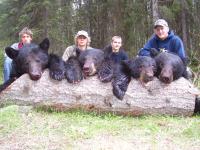Scouting for Bears
Scouting for Bears
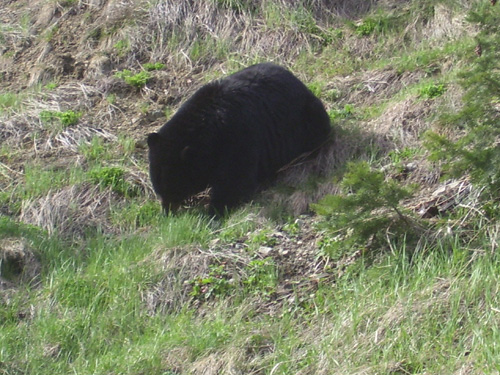
Tip: a general rule of thumb is to put in one day of scouting for every two days of hunting.
Have you ever gone into a new area, and by the end of the trip, you feel confident for next year? That’s because you have essentially scouted the new area for next year. When scouting, take careful note of the places that provide food sources for bears. While on public land, concentrate your scouting efforts on areas that have an abundance of natural bear food like grass, clover, beech, acorns, and other hard mast, nuts, and berries. Bears also relish fruits like apples and black cherries. Fall is a time when the bear spends nearly all its time feeding to fortify itself for the following months of inactivity—i.e. winter hibernation, when there will be no feeding because the bear is in a deep slumber until spring. Whenever these sources are scarce, bears travel long distances to get to meadows, orchards, or cornfields where they can get the food that they like.

Being large and clumsy, bears leave unmistakable signs of their presence. Signs to look for include bear scat (excrement), footprints or tracks, and claw marks that have been left while scaling trees. Marks on tree trunks at heights of six to eight feet are made as signs of territorial claim.
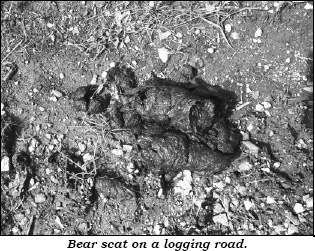
of the animal can be gauged by looking at the scat. The scat of a large bear will be nearly as thick around as a soda can.
Tip: The content of scat can provide information about the feeding site of the bear. Bears that indulge in farm crop foraging will leave yellowish scat full of corn kernels. Scat can also contain seeds, grass, or fur.

The hind feet impressions are similar but have the fingers attached to a long heel. Sometimes the toes leave claw marks; sometimes they do not. A two hundred pound bear will leave tracks about four inches wide. Larger bears will leave larger tracks.
There are different ways to scout before heading off on a hunting trip. I use a combination of the following:
Mouth Scouting
One way to scout is simply by talking, using word of mouth, and by verbally drawing on the experience of veteran hunters who are willing to point you in the right direction. This is why it is vital to be actively involved with gun clubs, archery clubs, and outdoors associations.
Map and Software Scouting
This is a great resource to utilize in B.C. Canada: https://www.topnotchnav.com/Home/
It will be worth your while to study maps and land areas before going there. Take a look at topographical maps. Google Earth has some excellent map software available at:
Or build your own map at:
Google Earth is a great free resource. I use it to view waypoints from my GPS (Garmin rino 530), and it provides a different viewpoint than what a drawing will give you. Being able to see where you want to hunt by looking at real pictures of the land provides different information than what you can find on a map. Forestry maps are another good way to find areas to hunt. Be sure to look for natural formations and areas that will hold game. In this case, for black bears, you will want to find grassy, south facing slopes and hillsides, along with old deactivated roads.
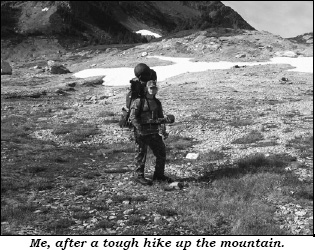
Nothing beats hiking and walking the grounds you are scouting. When walking, watch for tracks, scratching posts, and bear scat. Once in a while, you will find a secluded area that has multiple bear droppings. Mark these spots on your GPS and look at them on Google Earth and try to find a pattern. I have found ditches, streams, and creeks along roads to be productive in the spring. In the early fall, berries will be the hot ticket, so if you find some nice patches of blueberries or rose hips, they will likely produce bears. I have found a few nice bear hunting spots over the years from scouting and now we hit those high-producing areas year to year with good results, all thanks to putting in the time exploring.
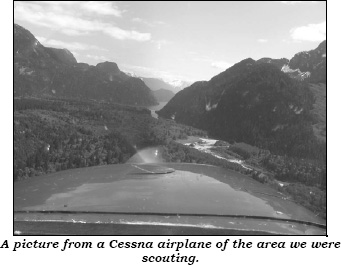
This year, my father-in-law took me up in the air with a Cessna to find some new hunting spots in secluded hard-to-access areas. The country is very rugged, and we found some potential spots, but overall the country was very thickly forested and only a few great areas were spotted. The plane trip was beneficial as we got a good look at what we would be up against if we boated in. It was a vast area with few clearings, so walking would be inefficient in that area. Renting a plane to scout is an expensive proposition. Be sure of what your goals are if you decide to rent a plane to scout with. It would not be prudent to hire a plane just to look around aimlessly. Pick out some spots on maps and do some area research before hiring a plane. I would also recommend spending money on high quality optics or other hunting gear before spending it on airplane scouting trips.




